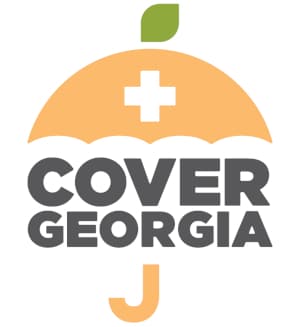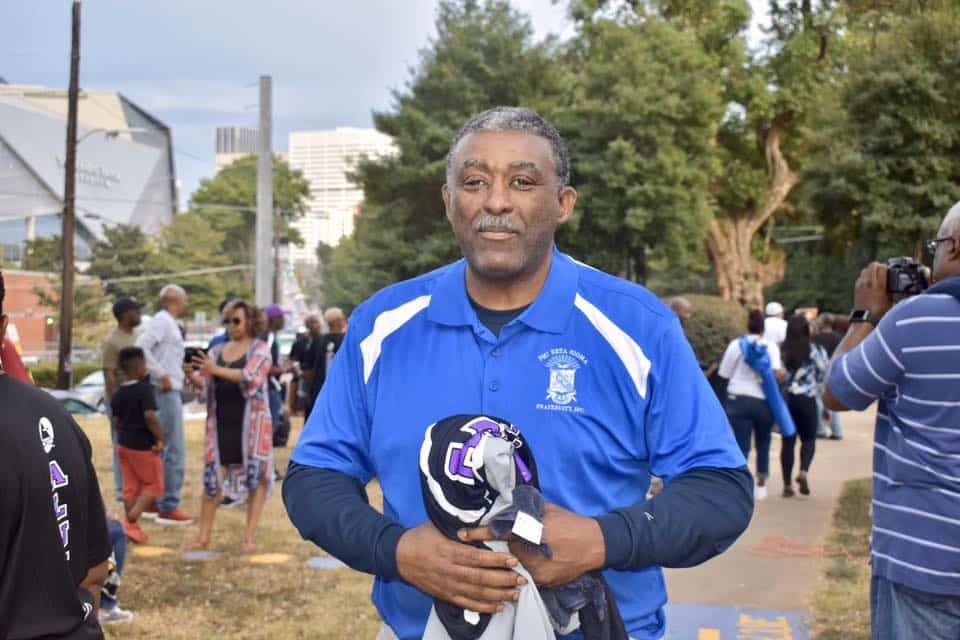Having access to transportation is crucial to having access to health care. Each year millions of Americans miss or delay health care because they do not have a way to get there.
Medicaid’s non-emergency medical transportation (NEMT) program helps bridge the gap between home and the doctor’s office for individuals who are covered by Medicaid. In 2018, 396,000 Georgians got to their health visits using the free NEMT benefit.
In partnership with The Arc Georgia and the Georgians in the Driver’s Seat initiative, Georgians for a Healthy Future (GHF) staff have spoken with consumers around the state about their transportation needs and the NEMT program.
Lamar County resident James has observed firsthand some of the gaps in Georgia’s NEMT system. Because of NEMT’s inefficiencies, James’ elderly mother had to find another way to get to and from her local senior center.
“We stopped using what transportation we could because it was such an arduous trip for her. Sometimes she would leave home at six in the morning and get to the activity center, two to three hours later.”
In a 2020 analysis conducted by GHF, Lamar County was deemed a health shortage transportation area. GHF applied a tool called the Health Transportation Shortage Index (HTSI) to measure transportation-related barriers to health services. According to the HTSI, scores of 6 or more suggest an area has a health transportation shortage, meaning that residents will have a more difficult time finding safe, reliable, affordable ways to get to and from health services. Lamar County scored an 8. Of Georgia’s 159 counties, 117 were deemed health transportation shortage areas, suggesting that transportation challenges.
James had this to say about the seemingly 1 on-demand transportation vehicle in his community.
“Transportation is an area that needs to be focused on, particularly in rural communities and, at least particularly for the special needs population and folks who may not have resources and have some socio-economic challenges”
James has been advocating for and supporting the intellectual and physical disability community since 2009, through his work as a school district parent mentor for parents with children who have disabilities and by supporting his son with Tourette’s syndrome and ADHD.
During our conversation with James, we discussed his experience with wraparound services through his work. Wraparound is a way or process of working with children and youth with serious mental health challenges and their families. During the wraparound process community-based services and supports “wrap around” a child or youth and their family in their home, school, and community to help meet their physical health, mental health, and other needs (like food assistance, housing, or social supports). James’ insights highlighted that wrap-around services are valuable, but they come with their own challenges.
Children and teenagers in Georgia can qualify for Medicaid and people who have a disability may also qualify for Medicaid. As a result, many young people with disabilities are Medicaid members, and Medicaid covers their wrap-around services. Unfortunately, not all providers accept Medicaid, and among those that do, they may not be equipped to serve this group. This dynamic is challenging for people with disabilities who often need more frequent and more specialized health services, prompting them to travel more than 60 miles to access care.
“Families [from Lamar County] travel to Atlanta for services for some of their kids that may have disabilities”
James is a proponent of full inclusion and would like policymakers to better assess the specialized care needs of individuals with intellectual and physical disabilities who have been marginalized.
“Everyone needs to be valued. And, so often in our society, because of those populations [with intellectual and physical disabilities] that we may not feel can be as strong in certain areas, as other folks, we tend to marginalize that group. So just creating that awareness and informing people and giving them the knowledge to know that we all have a purpose, we all can contribute”

